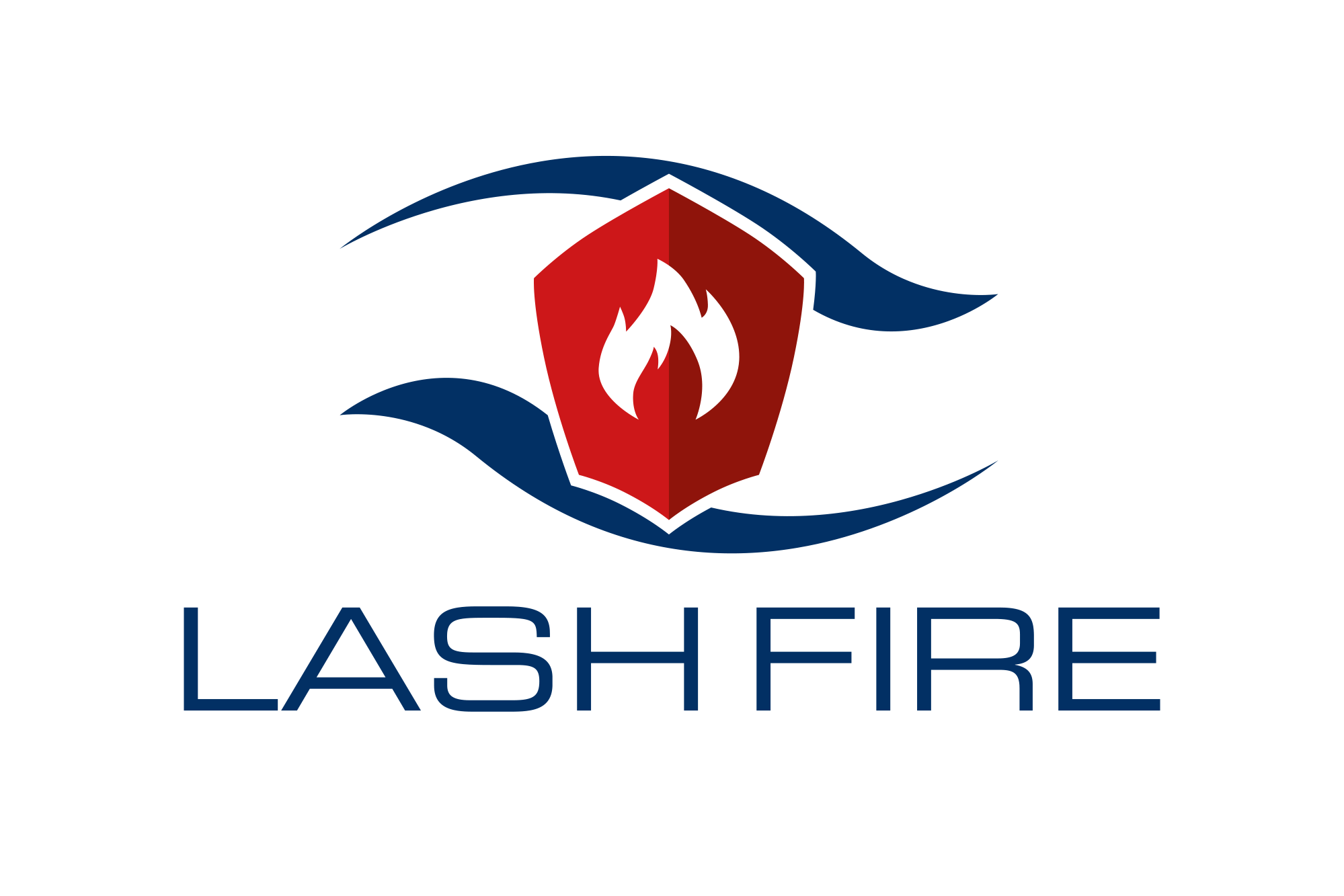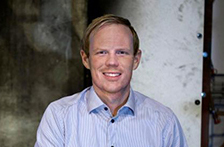Meet the partners is a series of interviews with the LASH FIRE partners who present core of the project. We ask the partners about their expertise, expectations from the project and anything we want to know about fire safety.
For the first edition of Meet the Partners, we interviewed Franz Evegren, Director of Fire Safe Transport Department at RISE and Coordinator of LASH FIRE project.
- What are the areas of competence of RISE?
RISE Research Institutes of Sweden AB is an international research institute group owned by the Swedish government. The about 2 700 employees have competence in a broad range of technical fields such as bioeconomy, health, digital systems, built environment, transport, material, production and safety. Their goal is to contribute to a sustainable society by global co-operation with large and small companies, universities, RTOs and other organisations.
- In what way does RISE contribute to LASH FIRE? (what is the role of the partner)
RISE has a coordinating role in the project. With good relations with the maritime industry and a highly diversified scientific competence, RISE participates in all WPs across the project and leads many tasks. Of the more technical WPs, RISE leads WP09 on detection and WP10 on extinguishment in ro-ro spaces.
- How do the goals of LASH FIRE fit with your RISE‘s objectives?
RISE’s mission is to work for sustainable growth, partly by renewal of the industry and by promoting the innovative development of society as a whole. Contributing to innovative, sustainable solutions for a social challenge such as ro-ro ship fire safety is in perfect alignment with this mission, and considering our leading experience in this field, we considered it our duty to take the lead of the proposal towards the EU Maritime Accident Response call on this topic, which evolved to become the LASH FIRE project. Through the project, many innovative safety solutions will be developed and a technical basis will be provided to allow international regulatory revisions, which will make a great impact on the fire safety on ro-ro ships, taking into consideration both current and future fire safety challenges.
By 2050 I hope that we have much better knowledge and means to identify and know how to act upon hazards and early warnings of fire, to avoid fire and to detect and manage them efficiently, probably by sensors, digitalization and management of big data.
- What is your specific role in RISE and in LASH FIRE? (of the person being interviewed)
In RISE, I act as Director of a unit called Fire Safe Transport, particularly focused on research related to the fire safety of ships and vehicles. Many of the vehicle projects currently have a battery focus and in the maritime area we work quite widely with different kinds of innovations and new/alternative design, such as alternative fuels/power (battery propulsion, methanol, LNG…), new lightweight material structures and new fire safety measures for ro-ro ships. In LASH FIRE, I am the coordinator, which means that I lead the steering group, the project management group, the innovation management group and the generally assembly, to coordinate the different initiatives in the project. I am greatly assisted in this by the project leader Maria Hjohlman.
- What was your experience with maritime fire safety projects before LASH FIRE or what are your expectations if this is the first maritime fire safety project you participate in?
I have worked with maritime fire safety projects in the past 12 years, and since 2015 I have been particularly engaged in different projects relating to the fire safety on ro-ro ships. The last two projects before LASH FIRE were the EMSA funded projects FIRESAFE and FIRESAFE II, carried out by RISE; Bureau Veritas and Stena. These were a great experience and have been of great value, both for ro-pax ship operators and for IMO and the Flag States engaged in the subject. I believe that the LASH FIRE project will be of even more value to the industry and to the regulatory domain, which make the project very important and engaging for all partners involved.
- What is in your opinion the most interesting part of work done in LASH FIRE and why?
As a risk analyst, I think that the most interesting part of the project is the safety assessment layer. This is where all the cost estimations from system suppliers and ship integration experts as well as the assessments of risk reduction for different safety solutions, based on performance tests and demonstrations, come together in an extremely intricate yet beautifully logical, holistic risk model.
- How do you think the maritime accident response can change until 2050?
I believe that LASH FIRE will have a significantly positive impact on the ro-ro ship segment of the world fleet, and even beyond. Both when it comes to the response to fires, strengthening the possibilities for managing fires independently onboard, but perhaps even more importantly when it comes to preventing fires. By 2050 I hope that we have much better knowledge and means to identify and know how to act upon hazards and early warnings of fire, to avoid fire and to detect and manage them efficiently, probably by sensors, digitalization and management of big data. Furthermore, I believe we will also see a trend towards further automated fire management systems, allowing us to reach a vision of no severe fire casualties.

